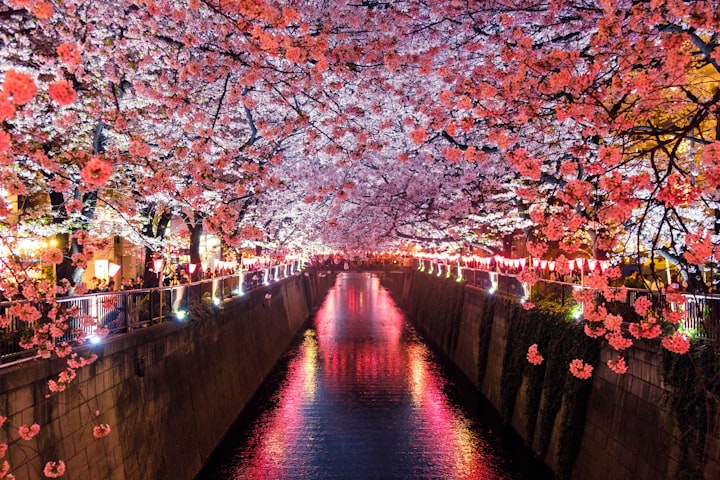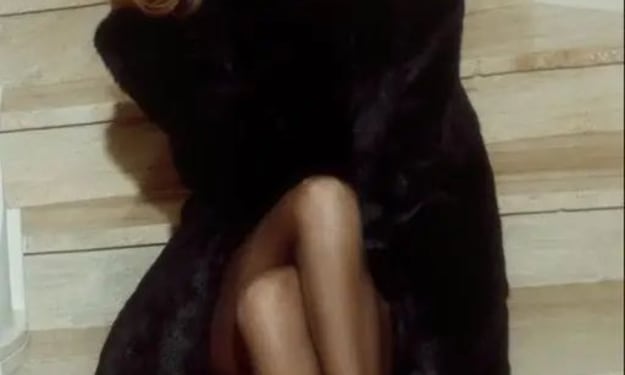Sukajan Coats: Symbols of Art and Plan
Sukajan Coats Of Japan

Sukajan are a sort of coat produced using polished texture, weaved with quintessentially East Asian plans. Authoritatively marked sukajan for the Tokyo 2020 Olympics (held in 2021) carried them to the consideration of individuals all over the planet, and their fan base has developed thanks to sukajan-motivated items from European design brands. We should investigate their remarkable allure.
So What Precisely Is a Sukajan?
Sukajan are baseball-style coats produced using reflexive acetic acid derivation texture, weaved with regularly Japanese plans tracked down on conventional Japanese dress. The weaving likewise will in general have a dynamic, three-layered quality. The formally authorized Tokyo 2020 sukajan acquainted these coats with a totally different crowd and acquired an enormous chasing after the world after pictures of competitors wearing them began moving via virtual entertainment.
Sukajan initially began as trinkets. They were first sold in Yokosuka City in Kanagawa Prefecture during the 1950s, and were focused on toward US fighters passing on Japan to return back home. At that point, conventional Japanese dress and obi bands produced using weaved silk were demonstrating famous with these warriors as keepsakes, so the thought occurred to apply Japanese-style materials and weaving to baseball coats, a more recognizable type of attire for Americans.
By the 1970s, these coats had become elegant among youthful Japanese individuals, who nicknamed them sukajan (a portmanteau of "Yokosuka" and "janpa" — the Japanese spelling of jumper, known as sweaters in America).
What Makes Sukajan Weaving Unique?
The surprising thing about sukajan weaving is the unique idea of the complex, three-layered designs. These are made conceivable by yokoburi sewing machines that reproduce similar weaving methods created with conventional Japanese dress.
Each string weaved on customary Japanese apparel was initially sewed manually. In any case, this changed with the development of yokoburi sewing machines in the Taisho time frame (1912-1926), which had the option to reproduce this special style of Japanese weaving. Not at all like customary sewing machines, the needle of a yokoburi machine moves from left to right, which makes it conceivable to cover similar region on numerous occasions to make a three-layered look — a method known as ito wo moru ("stacking" the strings). Weaving made with yokoburi machines came to be referred to eponymously as "yokoburi weaving," and was utilized to incredible impact on sukajan coats.
Weaving on sukajan and other dress is currently usually finished with Jacquard machines, which naturally reproduce plans went into a PC. Notwithstanding, these machines battle to cover similar area of texture on numerous occasions with their needles, so the outcomes will generally look all the more level. Indeed, even today, yokoburi machines are the most effective way of making a three-layered look.
In any case, there are other weaving procedures that can be utilized to make the deception of a three-layered design — for instance, involving pale strings in the closer view of the example and hazier strings in regions that you need to underline. Then, at that point, there's the strategy of degree, where the shade of the string is changed in the example, making a three-layered look. Or on the other hand you can make a comparable impact by essentially changing the heading of the needle by 90 degrees, making the deception of various varieties in any event, when a similar variety string is utilized due to how the light gleams off of them.
Regardless of whether a similar string is utilized, changing the direction of the needle
On the other hand, you can fluctuate the impression of light without changing the course of the line by joining differentiating colors like red and blue, or utilizing lustrous and matte strings together in a similar example to make eye-getting plans with a three-layered feel. The course of the fasten is likewise vital in alternate ways, such as making some kind of a difference so that brings out the normal progression of fur while weaving creatures, for an additional component of authenticity.
Highlights and Minor departure from Weaving Plans
The absolute most famous themes on sukajan coats incorporate tigers, winged serpents, Mount Fuji, and other commonly Japanese pictures.
Notwithstanding those above, there are likewise sukajan plans that bring out various regions of the planet, for example, weaved hula young ladies and palm trees addressing Hawaii, or polar bears and caribou addressing The Frozen North. Likewise, affected by the sukajan of Japan, different nations have thought of weaved coats of their own.
The Eventual fate of Sukajan
Sukajan plans are currently fanning out in heaps of new and fascinating ways. While the scope of plans used to be restricted by their starting points as a trinket, European brands are currently making sukajan with a wide range of various themes, similar to little dogs and roses.
Sukajan are likewise being worn for the purpose of self-articulation. All things considered, they're an incredible method for flaunting your character by selecting a plan that matches your own mentalities or point of view. The reflexive texture, perplexing three-layered weaving and striking plans beginning from customary Japanese dress are presently resounding with current individuals and acquiring a totally different following.





Comments
There are no comments for this story
Be the first to respond and start the conversation.